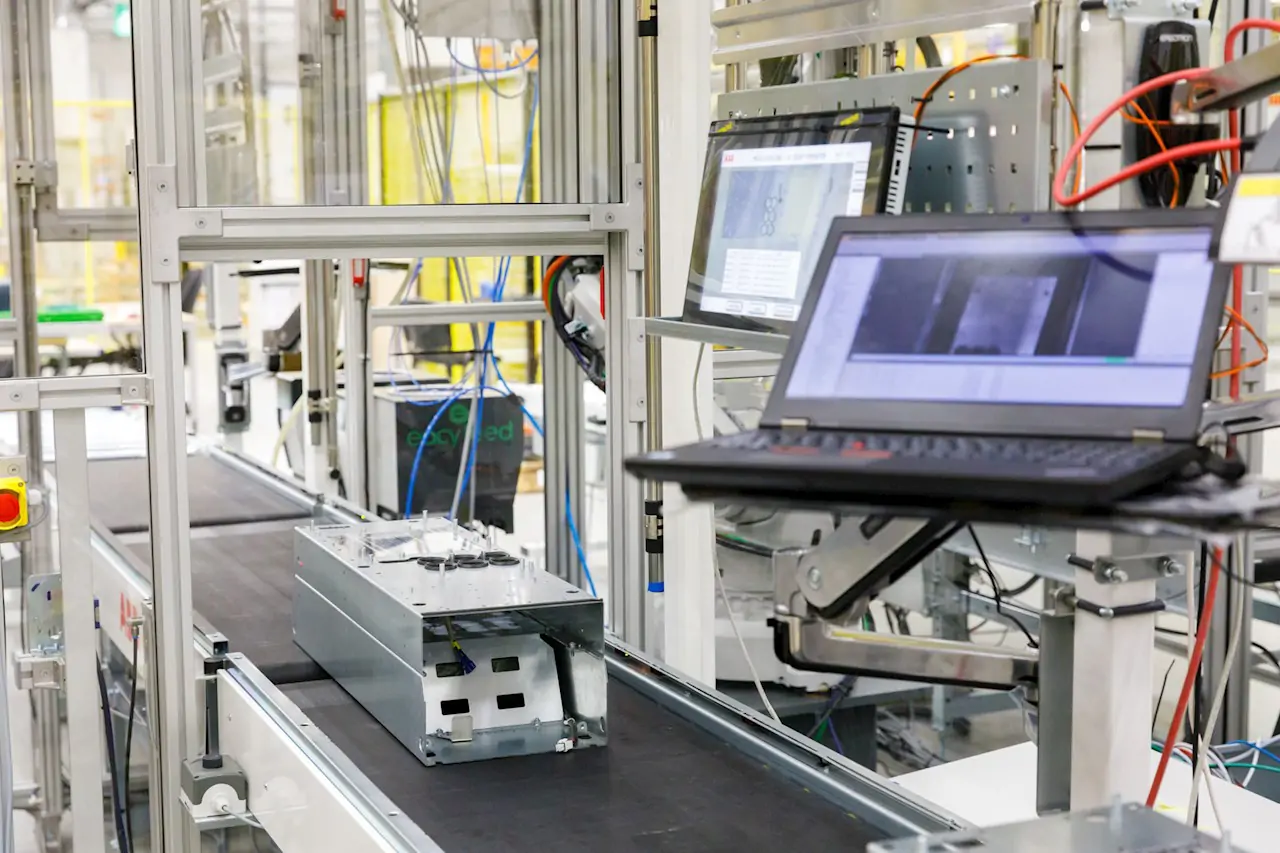GE RX3i Analog Calibration: Essential Guide for Industrial Automation
Analog signal accuracy directly impacts control system performance in industrial settings. GE RX3i analog modules require precise calibration for reliable operation. According to ISA standards, proper calibration can improve measurement accuracy by up to 95%. This makes calibration critical for quality control and process safety.
Why Analog Calibration Matters in Control Systems
RX3i analog modules connect real-world signals to digital control systems. These modules measure temperature, pressure, and flow rates. Inaccurate readings cause significant process deviations. Proper calibration ensures signal integrity throughout your system. This maintains product quality and prevents equipment damage.
Understanding RX3i Analog Module Operation
GE RX3i analog modules handle continuous process signals. Input modules convert 4-20mA or 0-10VDC signals to digital values. Output modules perform the reverse conversion process. Each module requires specific calibration procedures. The calibration process adjusts both offset and gain parameters. These adjustments ensure accurate signal representation.
Essential Tools for RX3i Calibration Procedures
Proper calibration requires specific tools and equipment. You need several key items before starting:
- High-precision calibrator or reference meter
- GE Proficy Machine Edition software
- Module specification documentation
- Personal protective equipment
- Lockout/tagout devices
Always verify tool calibration certificates are current.
Step-by-Step Input Module Calibration
Input calibration ensures accurate signal measurement. Follow this systematic approach for best results:
- Isolate the module from process signals
- Apply known minimum reference signal
- Verify digital reading matches expected value
- Adjust offset parameter if necessary
- Apply known maximum reference signal
- Adjust gain parameter for accuracy
- Verify linearity across multiple test points
Document all values for future reference.
Output Module Calibration Techniques
Output calibration ensures correct signal generation. This procedure requires careful attention to detail:
- Disconnect output from field devices
- Connect precision measurement device
- Command minimum output value from software
- Measure actual output signal
- Adjust offset to match commanded value
- Command maximum output value
- Adjust gain parameter accordingly
Test multiple points to verify linear response.
Leveraging Software for Efficient Calibration
GE Proficy Machine Edition provides powerful calibration tools. The software displays real-time signal values during adjustment. Diagnostic screens show both raw counts and scaled engineering units. Use the software’s trending features to identify signal noise. Always save calibration records within the project documentation.
Expert Perspective: Proactive Maintenance Strategy
Many facilities operate with reactive calibration schedules. However, this approach risks process upsets and quality issues. I recommend establishing preventive maintenance intervals. Base these intervals on process criticality and environmental conditions. Regular calibration prevents gradual accuracy drift. This proactive approach significantly reduces emergency troubleshooting.
Author’s Insight: From my experience at World of PLC, facilities with scheduled calibration experience 70% fewer analog-related shutdowns. The small time investment pays major reliability dividends.
Application Case: Chemical Processing Plant
A chemical plant experienced batch consistency issues. Investigation revealed uncalibrated RX3i analog input modules. The temperature measurements drifted by 3°C over six months. Implementing quarterly calibration resolved the product quality problems. The plant now maintains calibration records for all critical analog points.
Optimizing Your Control System Performance
Proper analog calibration ensures accurate process control. For professional support with GE RX3i systems and calibration services, contact our experts. Discover our comprehensive industrial automation solutions to enhance your system reliability and performance.
Frequently Asked Questions (FAQ)
Q: How often should I calibrate RX3i analog modules?
A: Most processes benefit from semi-annual calibration. Critical applications may require quarterly intervals based on environmental conditions.
Q: Can I calibrate RX3i modules without Proficy Machine Edition?
A: No, the software is essential for accessing calibration parameters and making necessary adjustments to module configuration.
Q: What’s the most common calibration error?
A: Skipping linearity verification between endpoints often causes mid-range inaccuracies that affect process control quality.







